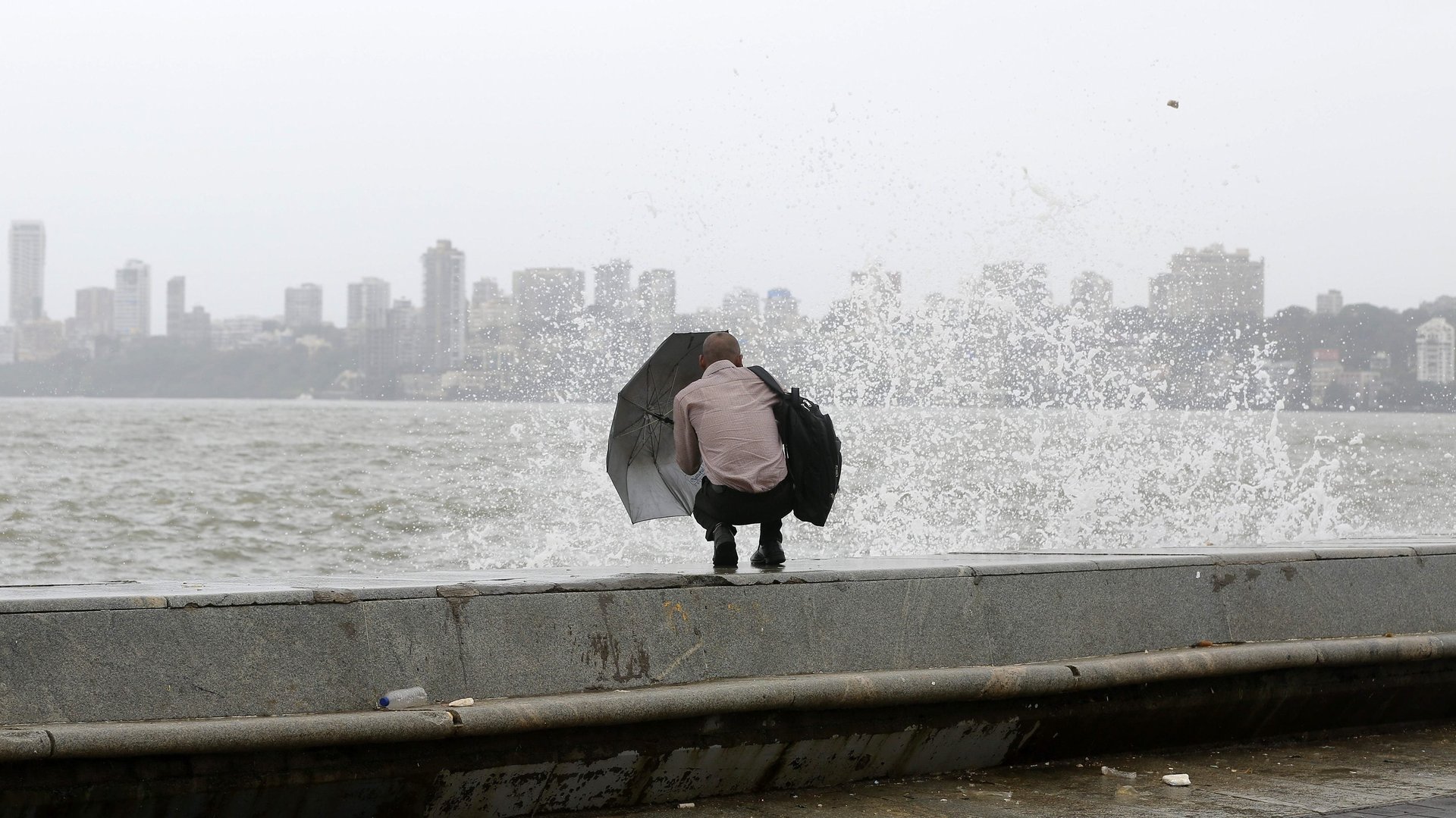Want to buy a sea-facing apartment in India? First talk climate change with your realtor
Sea levels across the world are rising as the climate gets warmer and glaciers and ice sheets melt at an alarming rate. Global warming and the reality of climate change have serious implications on the real estate sector, specifically with regards to properties located near the coast.


Sea levels across the world are rising as the climate gets warmer and glaciers and ice sheets melt at an alarming rate. Global warming and the reality of climate change have serious implications on the real estate sector, specifically with regards to properties located near the coast.
Even as sea-facing and lake-facing homes retain their allure in cities like Mumbai, buyers of such properties must become aware of the risk associated with purchasing such properties.
In the American states of Florida and Maine, property values have already begun to plummet due to the damage caused by rising sea levels. Several parts of India, especially on its eastern coast, continue to be ravaged by cyclones and storms. The property and infrastructure in these areas have incurred severe damage. As a result, properties in low-lying areas that are vulnerable to cyclones and flooding are already seeing lower demand from home buyers.
India’s risk profile
India’s coastline measures over 7,500 km and extends across nine states, two union territories, and the two island territories of Andaman & Nicobar and Lakshadweep. Rising sea levels spell imminent danger for these areas, with the east coast, in particular, more prone to cyclones. The regions that are likely to get impacted by rising sea levels are Mumbai, Chennai, Goa, and parts of Kerala, Odisha, and Andhra Pradesh.
So far, cities like Mumbai do not seem to have woken up to the mounting climate change-induced dangers. Sea-facing or beach properties in the financial capital remain in high demand.
However, over the next decade or so, we will see perceptible changes in home buying preferences there. It has already become evident in Chennai, where once prime sea-facing properties lost value after a catastrophic natural disaster. There is a high possibility that areas which have seen damage due to cyclones, storms and rising sea levels will see slower sales going forward due to the risk of reoccurrence of natural disasters.
The cost of preparedness
Rising water levels also cause structural damage to properties within the immediate flooding influence zone, making them unsafe. such properties and undertaking preventive maintenance.
At least in the near future, we will not see any price corrections on account of proximity to the sea in cities like Mumbai. Even a single event like what occurred in Chennai in 2004 can change a coastal real estate market’s perception almost overnight. However, it is never too early to become aware of the risks involved.
As coastal belts experience different weather conditions, homebuyers eyeing sea-front properties must check the construction quality of such properties. The material used must withstand heavy moisture and rains, floods, etc. And because construction is in proximity to the shoreline, it also makes sense to check with local authorities on the geological risk profile of the identified location.
Such properties could face flooding, so they must also be protected with additional insurance, and homebuyers and investors must seek adequate underwriting to manage the risk. Needless to say, such additional long-term insurance comes at a higher cost, further pushing up the overall acquisition cost of sea-facing properties.
Already, the construction costs of buildings in areas prone to flooding are higher. Such structures need proper reinforcement, waterproofed electrical systems, flood barriers, deeper and reinforced foundations and even relocated ductwork.
Preparing for the future
Climate change is a reality and any coastal city’s development plan must factor in the potential damage it can cause to property and infrastructure.
Developers will increasingly have to create fully elevated structures with the provision of electricity backup and generators on higher floors. This will result in higher construction costs and impact the pricing of such properties.
Simultaneously, local administrations in coastal cities will have to make necessary provisions to protect the city and to handle future incidents of flooding. One solution is to put up barriers to deal with rising sea levels, but this option is expensive. Another option is to grow mangroves along coastal areas as they act as natural barriers to rising sea levels.
Paradoxically, we are seeing mangroves and other geographic “safety valves” like salt pan lands being sacrificed to accommodate more real estate development.
Even if city planners permit such self-destructive plunder, developers do have the choice of refraining from using land “liberated” in such a thoughtless manner. There is no evidence of such awareness, either.
Overall, this does not present a very encouraging picture of how seriously the real estate industry is taking climate change. At the current time it is, at best, receiving lip service from the industry. If the predictions of rising sea levels are accurate and more flooding events come to pass, there will be some attempts at damage control to salvage what could have been prevented by forward thinking and preparedness.
Will those efforts suffice, or will it be too late?
Prashant Thakur is the Director & head for research at ANAROCK Property Consultants. We welcome your comments at [email protected].